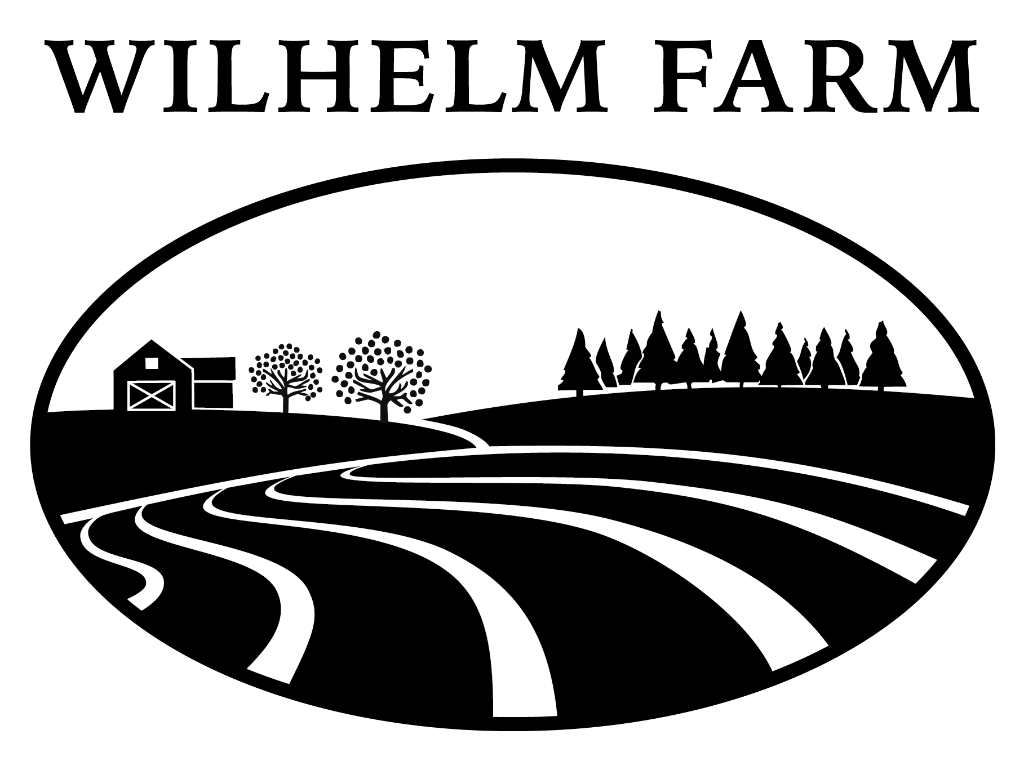Forest & Habitat Management
Forest management began on Wilhelm Farm in 1936 with the planting of white and red pine on roughly 18 acres. In 1954, Wilhelm Farm earned on of the first 10 Tree Farm Licenses in Connecticut. Over the years, firewood harvesting was used to improve oak and maple stands by removing the excess number of stems or stems that were crooked and otherwise not suitable for quality timber.
The first Forest Stewardship plan was written in 1994, which led to the first timber sale and harvest in 1996-97. Fred Wilhelm, who planted pine trees in 1936, lived to see the first harvest some 60 years later. Bill Bentley rewrote the stewardship plan twice after he and Ann Wilhelm purchased the farm from her parents in 2003. The second harvest was in 2007. In 2013, Ian Branson was retained to write a new stewardship plan that followed NRCS specifications. His plan led to an EQIP grant from NRCS to clear the brush in the pine stand where a pine regeneration failure occurred following the 2017 harvest and to open the area designated for silvopasture.
The three timber sales led to the following harvests
1996-97: 144,000 board feet
2007: 110,000 board feet
2014-15: 155,000 board feet
Over 75% of volume harvested was white pine. The hardwoods were mainly oak, maple and birch. The silvicultural system is a modified shelterwood to favor a multi-age/multi-height forest habitat for birds.
Both Fred Wilhelm and Bill Bentley took the Coverts Training offered by UConn Extension Forestry in collaboration with Yale and the Great Mountain Forest. It became obvious after the first harvest that bird numbers and species were increasing. This same phenomenon was observed on the McLean Game Refuge and other forest ownerships. Habitat management for birds was in the first stewardship plan, and it became more important in subsequent plans. In 2015, Wilhelm Farm began collaboration with Connecticut Audubon on Foresters for the Birds. This project engages conservation minded landowners to improve or create bird habitat as part of their forest management plan. Structure and diversity of habitat are key components. See //ct.audubon.org/forest-birds for more information
As this site develops, the following sections will be added:
- How to develop a forest stewardship plan
- Examples using the Wilhelm Forest stewardship plans
- Strategic long-term options
Investment Analysis
Trees and other perennial vegetation are investments. Costs are invested up front and often are ongoing in the form of taxes, vegetation management and protection from insects and disease –and fire in some cases. This section will present perspectives and methods for understanding and evaluating investments in forests, pastures, and various agroforestry systems. Topics covered will include:
- Basic investment model for forestry and farming
- Tree growth and investment returns
- Pine growth
- Oak & maple growth
- Other species
- Financial analysis of
- Timber
- Pasture
- Orchards
- Agroforestry systems
- A household economics perspective
References
As our project progresses we will be assembling a full listing of popular and scientific references about the principles of permaculture and the social value of shifting our rural land use systems in this direction. In the meantime, a few references can be found within the pages of the Demonstration Farm Project section of the website.
Videos
We are in the process of producing video material, as well as creating links to videos by public agencies and nonprofit organizations that are concerned with agroforestry and other permaculture systems. This material will be added over the course of our project.
